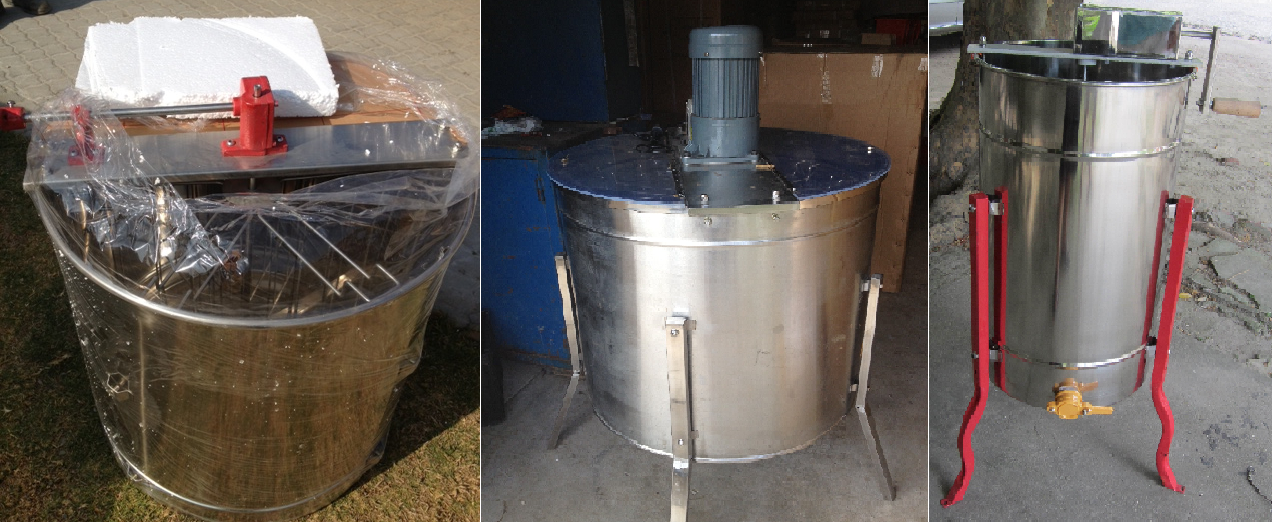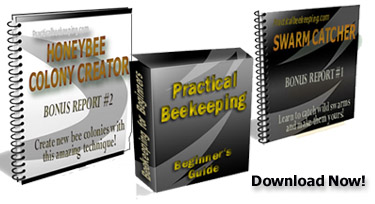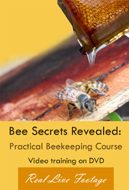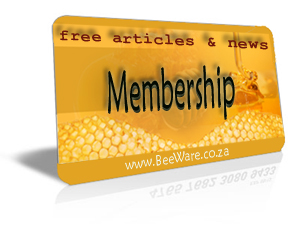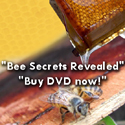Honey Extractors in Africa
The Centrifugal Spinner to extract honey!
Our view is you should only invest in an MANUAL honey extractor if you have less than 20 bee hives but more than 3 bee hives which are established! By established, we mean are ready to be honey harvested!
Beekeeping can make you some serious income if you are prepared to put some effort into the project.
However, it is only worthwhile investing capital into a Honey Extractor if you have at least 10 - 30 hives that are producing honey with an average of around 15Kg each at the same time.
This Honey extractor is designed to accommodate 3 / 6 super frames full of honey after uncapping depending on the unit you purchase. The base holds up to 32Kg of settled and extracted raw honey before you need to open the honey gate tap and empty the unit.
Product Profile - "The honey extractors"
| Benefits | Honey Extractors | Spinners |
Price |
|---|---|---|
1 - Hobbyist [up to 10 hives] |
3-Frame Manual centrifuge 4-Frame Electric centrifuge |
R3600 - Courier R5550 + courier |
| 2 - Excellent return on investment [10 -25 hives] | 6-Frame Manual centrifuge |
R7600 - Courier *R600 - R1200 |
| 3 - High level quality s/steel [25 - 50 hives] | 8-Frame Electric centrifuge |
R11750 - Courier *R1200 |
| 3 - High level quality s/steel [50 - 150 hives] | 12-Frame Electric centrifuge |
R15500 - Courier *R1500 |
4 - Quick Turnover on Honey during flowering times 5 - Honey harvesting 6 - Better Apiary management 7 - So much more! |
|
|||
| "It's probably the best book ever written on beekeeping and its for South Africa and by a South African!" Hans Blokker of SABIO management. | |||
One of the many useful and extremely vital pieces of bee info provided by the Blue book is that of pollination. As the editor is actually a specialist in plant research, M. J. Johannesmeier has included vast amounts of nectar tables and nectar rankings for all kinds of different plants, trees and shrubs. The best part of the pollination section is the table providing the break down of crops that are farmed in South Africa {and globally} along with detailed information about the land area used under that crop as well as the flowering period and the amount of bee hives recommended per hectare when in pollination. The bee book provides recorded results when bees have been used to pollinate a crop on how affective their use is by measuring increase of crop yield. The bee book goes on to then consider the different trees, shrubs and plants that are bee friendly, the nectar and pollen rating and the region these flora would be prevalent. This is invaluable for any beekeeper as you should record the flora in your area and then create an idea of the strength of the nectar flow and pollen rating of your area around the apiary! The blue book goes on to describe more! You will also get the flowering time of year and a rating of nectar and pollen for each plant. Rated from 1 - 4 with 4 being the strongest flow you can draw a picture of exactly how strong your nectar sources are and therefore how much honey you should expect to harvest from your bees!
|
We Also Recommend this... Beekeeping DVD
Bee Course DVD Practical Beginner Beekeeping training on Video!
The Practical Bee Course DVD includes tips, know how and step-by-step instructions on how to start bee keeping right now! NOW Over 150 Min of LIVE Footage!


